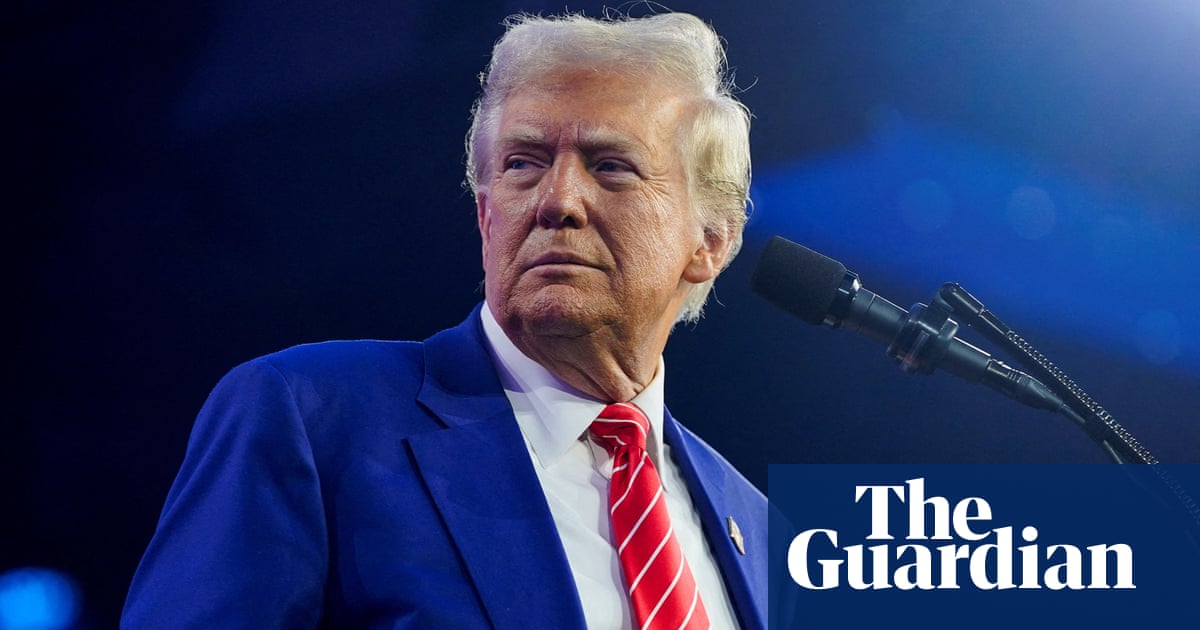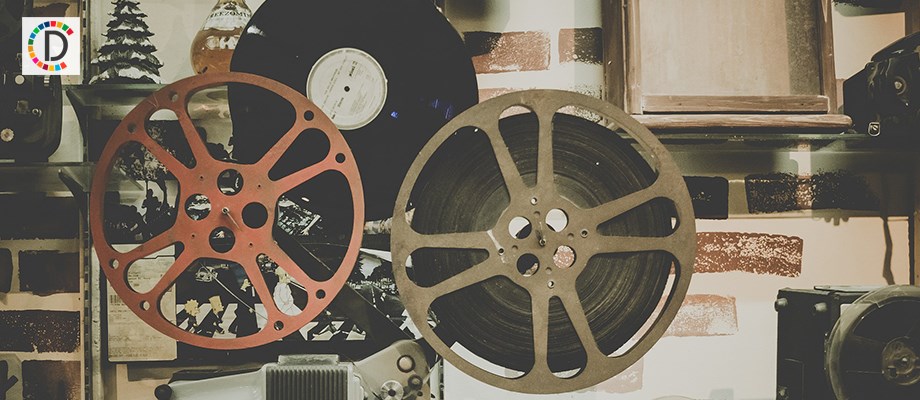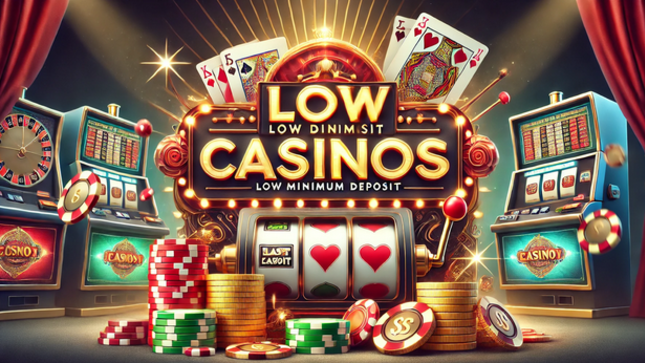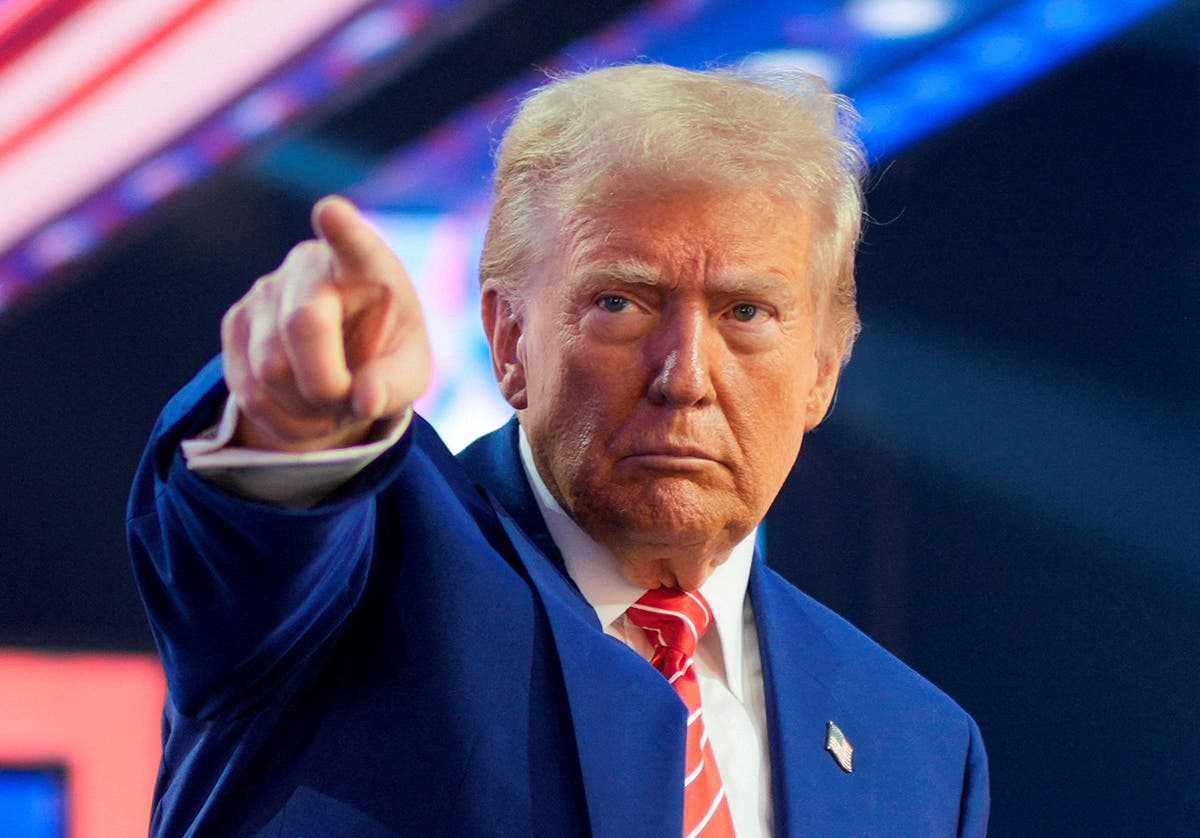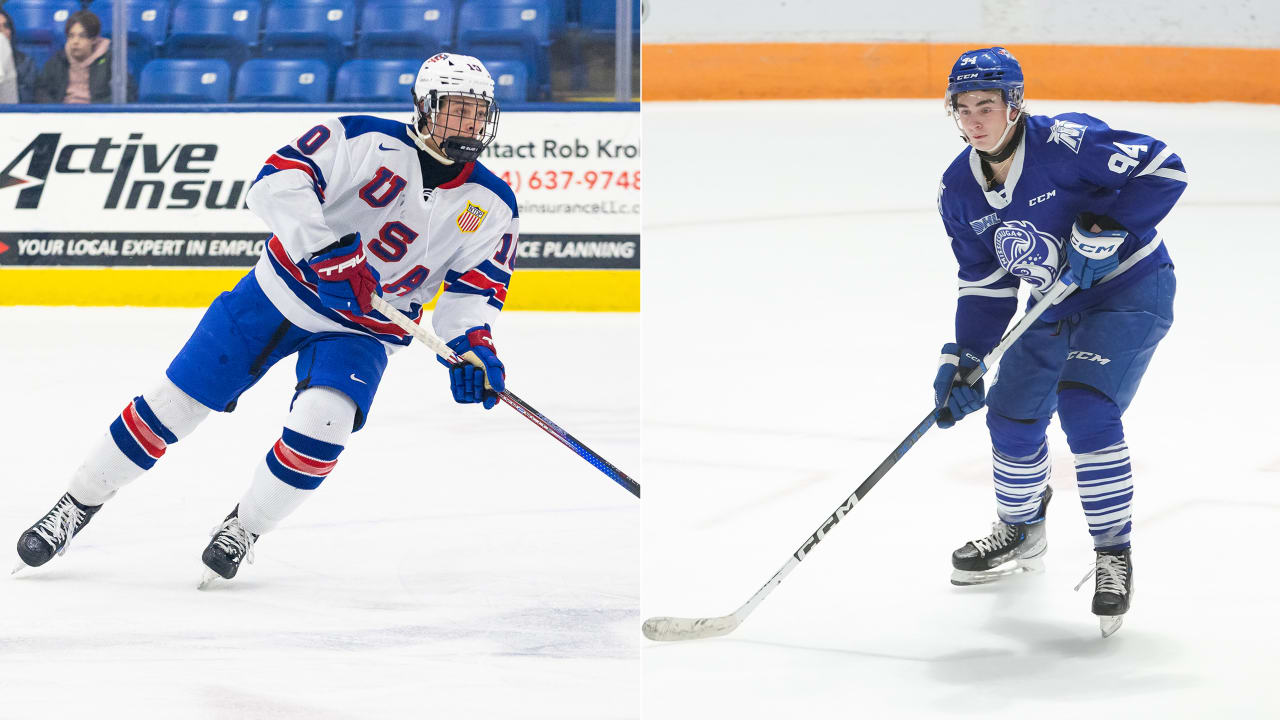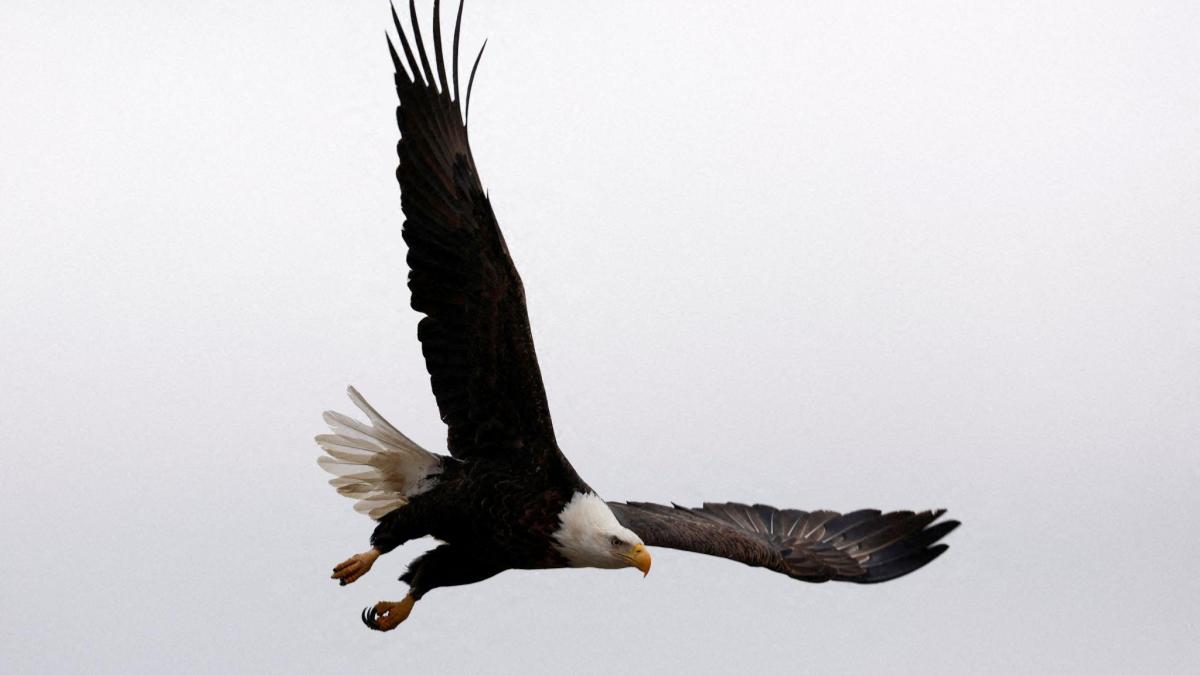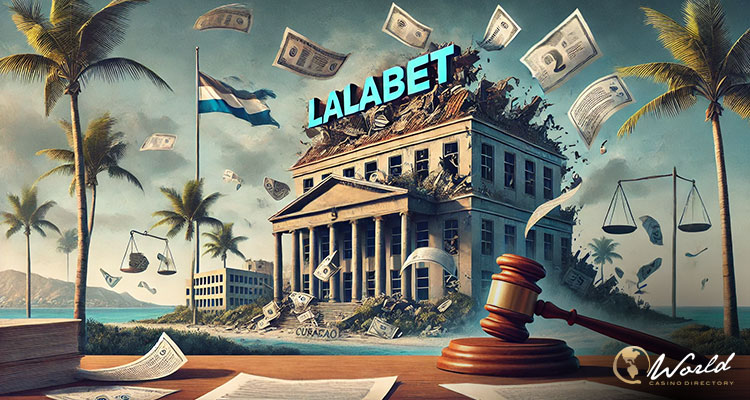Sports
Americans don’t give a rat’s ass about the NRL – I can safely say that as an Australian in the US | Peter Mitchell

NRL fans, please don’t get angry. I’m not an NRL hater or a Negative Nigel. I understand why the Sea Eagles, Rabbitohs, Roosters and Broncos have descended on Las Vegas this weekend for the NRL’s season-opening double-header.
It’s part of chief executive Andrew Abdo’s job to look for new markets and the US, with its 330 million residents, is the holy grail of sports markets. But there’s one problem for Abdo and the NRL – and it’s a huge problem.
Americans don’t give a rat’s ass about our beloved sport. The NRL double-header will come and go this weekend with most locals unaware it even took place.
If the NRL foray into the US is about increasing sports wagering profits, fair enough. Going to Vegas, the gambling capital of the world, is the obvious place to hold season openers for the next few years. However, if the NRL and rugby league fans expect large numbers of sports-loving Americans to become enthusiastic fans of the game, disappointment awaits.
Plenty has been made about the games being aired in US “prime time” on Rupert Murdoch’s Fox Sports 1 cable channel. Saturday night is not “prime time” in the US and TV ratings are traditionally low at this time.
More Americans watch TV on Sunday nights, which is why the NFL Super Bowl, Academy Awards and other major live events are held then while aired on major free-to-air networks like ABC, CBS, NBC and, Murdoch’s flagship network, FOX. Fox Sports 1 is just one of many cable sports channels.
The US time zones will also limit viewership, with the Sea Eagles and Rabbitohs broadcast beginning in Las Vegas (and other west coast locations) at 6.30pm on Saturday. In New York, Washington DC, Philadelphia, Boston, Miami and other US east coast cities – where most Americans live – the game will start at 9.30pm. The second game, between the Roosters and Broncos, will kick off at the sleepy hour of 11.30pm on the east coast and end in the wee hours of Sunday.
Visually, expect plenty of tight shots of the field and players during the TV broadcast, to avoid showing large areas of empty seats. Ticket sales have nudged past 40,000 for the 65,000-seat Allegiant Stadium.
On the positive side, Australian, New Zealander and British expatriates living in the US, along with the 15,000 Australians expected to fly over, will have a great weekend in Vegas. New bonds will be formed while watching their NRL heroes in between gorging themselves at the all-you-can-eat buffets, and watching Carrot Top, Thunder from Down Under or one of U2’s final concerts at The Sphere.
Why am I not drinking the NRL Kool-Aid? It’s because I’ve seen ventures like the NRL double-header in Vegas many times before. I’ve lived in the US for almost 25 years and for most of that time was the North American correspondent for Australian Associated Press.
I’ve written countless articles about Australians with great ideas that Americans should love. But Americans, for multiple reasons, aren’t interested. Just ask the many meat pie companies that have tried to set up shop in the US thinking a hot pie on a cold winter’s day would be gobbled up by Americans. A “pie” in America is a pizza, or has fruit in it. A “pot pie” in the US comes close to an Aussie meat pie, but it’s not something Americans would eat at a Dodgers or Yankees game.
It’s the same problem with rugby league and the NRL. Americans are comfortable with their ample servings of NFL, NBA, Major League Baseball, NCAA basketball and football, and Nascar.
We can also look to other lukewarm rugby league adventures in the US. There was the State of Origin game in 1987 at Long Beach, just south of Los Angeles, that drew 12,000 spectators. In 2008, Russell Crowe did his best to promote his Rabbitohs playing the Leeds Rhinos in Florida and a crowd of 12,500 showed up. In 2018, England played New Zealand in a sparsely populated Mile High Stadium in Denver.
The NRL faces the same problems as cricket. I was there in 2015 when Shane Warne, Ricky Ponting, Sachin Tendukar, Wasim Akram, Brian Lara and other cricketing greats brought T20 exhibition games to New York, Houston and Los Angeles for the inaugural “Cricket All-Star Series.” As a cricket lover, it was sensational sitting in the New York Mets’ Citi Field or LA’s hallowed Dodger Stadium watching my childhood heroes.
One of my tasks was to find Americans at the games and ask what they thought about the spectacle. I discovered few Americans showed up. The crowds were mostly filled with Indian, Sri Lankan, Pakistani, Australian, New Zealander and British expats. After a lot of searching, I found two Americans at Citi Field and they weren’t ready to convert to cricket.
after newsletter promotion
“It’s a fun experience and I would go to a game for that, but I don’t think I could follow the game,” one of the Americans, Dan Taneski, told me.
Perhaps the best example of how hard it is to become relevant in the US sports world is Dwayne “The Rock” Johnson’s attempt to make his fledgling American football league, the XFL, viable. Johnson is arguably Hollywood’s biggest star and has a legitimate background in American football after playing for the University of Miami. He also has a huge fan base from professional wrestling and 17.1 million followers on X alone, but has struggled to etch a significant foothold for the XFL in the US. Johnson just announced a merger between XFL and another beleaguered American football league, the USFL.
Let’s talk about the NRL’s identity problem in the US. Most Americans don’t know the difference between rugby league, rugby union and Australian rules football. They presume they are the same sport and brand it simply as “rugby”. It has been a running joke in my interviews over the years with the likes of Australian NFL punters Ben Graham, Michael Dickson, Lou Hedley, Mitch Wishnowsky, and many others who grew up kicking a Sherrin. Their American coaches, teammates and fans often presume they played “rugby”. It was a similar situation for Jarryd Hayne and Valentine Holmes, with Americans presuming they played in the AFL.
So, let’s be constructive. How could Abdo and ARL Commission chair Peter V’landys elevate the NRL so the American media and sports fans from coast to coast actually talk about rugby league? There is a way but it includes megastars, and lots and lots of cash.
The best US examples are David Beckham and Lionel Messi joining America’s Major League Soccer. Beckham’s arrival at the LA Galaxy in 2007 and Messi joining Inter Miami last year resulted in ESPN and America’s other NFL/NBA/MLB-obsessed media focusing more on the MLS.
Beckham’s LA Galaxy five-year deal was worth US$250m, and Messi is expected to pocket $US150m in salary, equity in the club and other compensation for his two-and-a-half years in Miami.
So, there you have it. If the NRL wants to be relevant and sell millions of subscriptions to the Watch NRL app, it just needs LeBron James to sign with the Rabbitohs as their new rampaging second rower.
About US$250m should close the deal with James, and Negative Nigel and tens of millions of Americans would watch that at 11.30pm on a Saturday.

